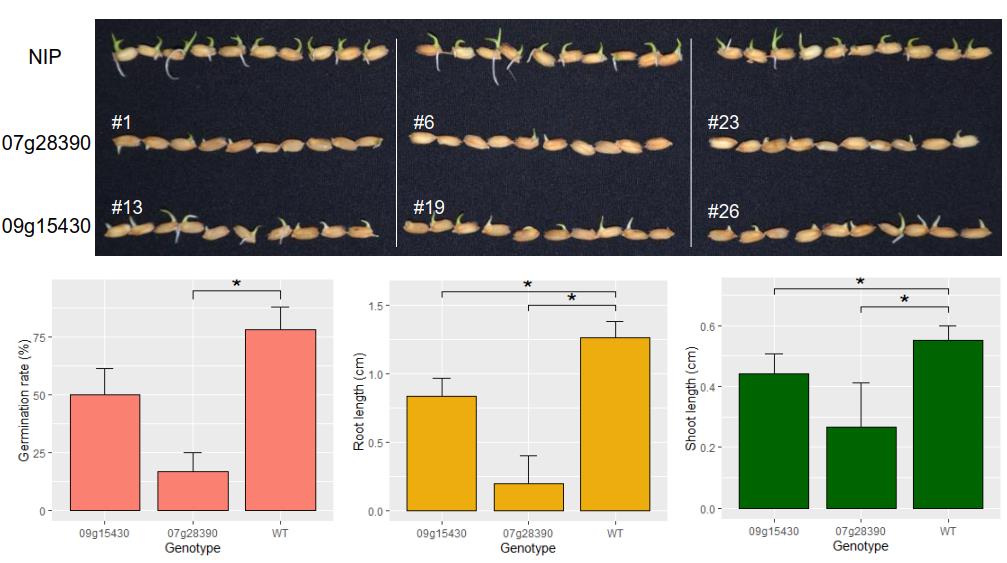Events of gene fusion have been reported in several organisms. However, the general role of gene fusion as part of new gene origination remains unknown. Evolutionary new gene, fused from more than two parental genes, could duck out the detrimental step of tardy point mutation evolution, and have been shown to be critical in the understanding of phenotypic evolution.
It is not possible to distinguish gene fusion events from fission events without out-group support, so researchers led by Prof. ZHANG Chengjun from the Kunming Institute of Botany of the Chinese Academy of Sciences (KIB/CAS) designed and created new pipelines to dynamically detect fusion genes across phylogeny and conducted genome-wide interrogations of four Oryza genomes.
They detected 310 fusion genes across four young diploid genome Oryza species.
The estimated rate of origination of fusion genes in the Oryza genus is as high as 63 fusion genes per species per million years by average, and fixes at 16 fusion genes per species per million years by Single Nucleotide Polymorphism calling in genomic population.
Both of the speeds are much higher than that in flies. The researchers found that more than 44% of the fusion genes were expressed and 90% of gene pairs showed strong signals of purifying selection, suggesting potential bio-function of these expressed fusion genes.
Sub-functionalized and neo-functionalized fusion genes were obtained based on the correlation between the expression of fusion genes and parental genes in different tissues.
Furthermore, CRISPR/Cas9 knockout lines indicated that two newly formed fusion genes regulated phenotype traits including seed germination, shoot length and root length, and both of them were best responsive to drought stress, suggesting that these genes have adaptive significance in phenotypic evolution.
Conclusively, this study offers a creative way to understand new genes and provides a method and theoretical basis in the new era of big data.
The results of the study were published in the Genome Biology with the title of "Gene fusion as an important mechanism to generate new genes in the genus Oryza."








